I’m an explorer and autumn brings discovery. From subtle to obvious, signs of change and preparation abound. The maple tree leaves blushing in the light of autumn. The subtle scents and aromas that come with colder nights and the persistent mists that cling to everything. A damp pungency of decaying leaves and growing mushrooms pervades the crisp air.
I walk the little woodland by the house and each day is a gift of discovery. This is an interesting season of change, when Nature prepares for hibernation and the bitter cold of winter.
This riparian woodland along the Otonabee River is dominated by giant and stately black walnut and black locust trees. The trees tower like frost giants, canopies draping over the remaining forest like open umbrellas. Beneath them, the ashes, elms, bur oaks and maple trees create a dense understory, along with dogwood, buckthorn, elderberry and honeysuckle. The forest floor oozes with a dense undergrowth of mosses, Virginia creeper, brambles and wild grape. They creep up the older trees and shrubs, pulling up the forest floor like a stocking, and adding reds and vermillion to the rough greys of bark. The occasional jack-in-the-pulpit and colonies of stinging nettle fill out the rest.

Some of the tallest black walnut and black locust trees have girths of close to a metre. Around them are a good number of younger trees. All are putting on their fall clothes and preparing for winter with seeds and copious nuts. My hand brushes up against the corky gnarled bark of a giant black walnut. First, I look up at its extensive canopy, spread out in all directions. Then I take a closer look at the bark. It is so much more than bark; it is a crenelated complex community of moss, lichen and fungi. In Mosses of the Northern Forest, Jerry Jenkins describes the evolution of bark communities as trees grow older: “young trees, with small crowns and tight bark, have limited stem flow and storage. They are colonized by a relatively small group of pioneer [moss] species that make thin mats and small dense tufts. As the crown increases and the bark roughens, storage and flow increase, and the pioneers are supplemented by species that make fringes and shaggy mats on the trunk and thick stockings covering the base…the tree base accumulates soil and becomes an extension of the forest floor.”
I follow the narrow path, now covered in the gold, brown and reds of fallen leaves. My boots rustle and crunch on the dry and lightly frosted leaves. In mid-step, I halt at what I see at my feet: a scattered pile of blackened green nut shells from the black walnut tree. A squirrel has sawn off the nut, letting it fall to the forest floor, then de-hulled it right there on the path. Leaving behind the nutshell, the squirrel hs absconded somewhere, perhaps to its home to eat the nut meat or to feed her babies. During the season, when the black walnut drapes herself with bountiful clusters of pimpled green nuts, you have to watch your head. Nuts have fallen on me from high above thanks to some eagerly foraging squirrel.
This forest supports a large and varied squirrel population: black, grey and occasional red squirrels. They live in nests up high or inside the hollow of a cozy dead snag, foraging the forest for her bounties, now rich in nuts, seeds and mushrooms. Squirrels love any walnut, but black walnuts are a favourite. I’ve seen them bounding across the lawn with a bur oak acorn in their mouth to cache, but mostly it’s a black walnut. The black walnut is a great source of fibre, protein, and omega-3 fatty acids. The squirrel benefits from the protein, fats and carbohydrates—particularly during the cold when it’s hard to forage for food.
Squirrels have strong teeth and jaws for chewing tree bark and biting through wood and cracking open nuts. They have four main incisors and eight molars that make grinding and chewing nuts, seeds and other foods very easy.
Squirrels spend a large portion of their time foraging for food. In fact, you’ll be amazed at how many walnuts a squirrel can stash away for the days of snow and rain. According to one report a squirrel stashed more than 200 pounds of walnuts under the hood of a car. They’re rather ingenious in where and how they stash. I’d brought to the back yard a few black walnuts from a walk to watch them eat. A black squirrel soon grabbed one and—instead of eating it—immediately stashed it in the lawn. I thought I’d find it and offer it to another squirrel to watch it eat; but I couldn’t find the nut the squirrel had stashed! I was sure I’d find it—he seemed so hasty. Squirrels are always looking for special places to cache their nuts. One ingenious squirrel decided to stash some nuts in the folded outside patio umbrella. When we opened the umbrella to dry it in preparation to put it away for the winter, out tumbled the nuts!
Thanks to the inky chemical juglone that surrounds the inside nut, the squirrel’s snout often bears a walnut-stain. Though not easily seen on a black squirrel, the grey squirrel visibly displays a dark brown to golden ‘beard’ during this season.
The Black Walnut—Description, Growth & Juglone
This native tree has been considered highly prized over time. Indigenous peoples and early settlers used the black walnut for food, dyes, ink, medicine, fence posts, gun stocks and furniture. The wood from a black walnut is dark, hard, dense and tight-grained. Prized by woodworkers for its strength, grain and colour, the wood polishes to a smooth finish with rich colours ranging from creamy white in the sapwood to dark chocolate in the heartwood. The black walnut has been called “the aristocrat of the fine hardwoods.”
The black walnut (Juglans nigra) grows a long taproot and prefers loamy, well-drained neutral soil that is moist and fertile. It grows slowly on wet bottomlands. The black walnut is considered a light-demanding, competition-intolerant and tall forest species. It grows fast in youth, reaching its peak in height and diameter before 30-35 years.
In the open the black walnut grows short with a broad crown; under forest competition, the tree develops a tall and straight trunk, which can reach 45 m (150 feet) high, with a well-formed spreading crown and lower limbs self-pruned. The tallest known black walnut in the US reached 46 m high. The ones in my small forest are close to that height, taller than the tallest maple or oak there. Black walnut leaves alternate on a branch; they are pinnately compound, with finely toothed long leaflets, 15 to 23 in number. In some trees, the leaf arrangement almost looks whorled, given the tightly arranged alternate leaves.
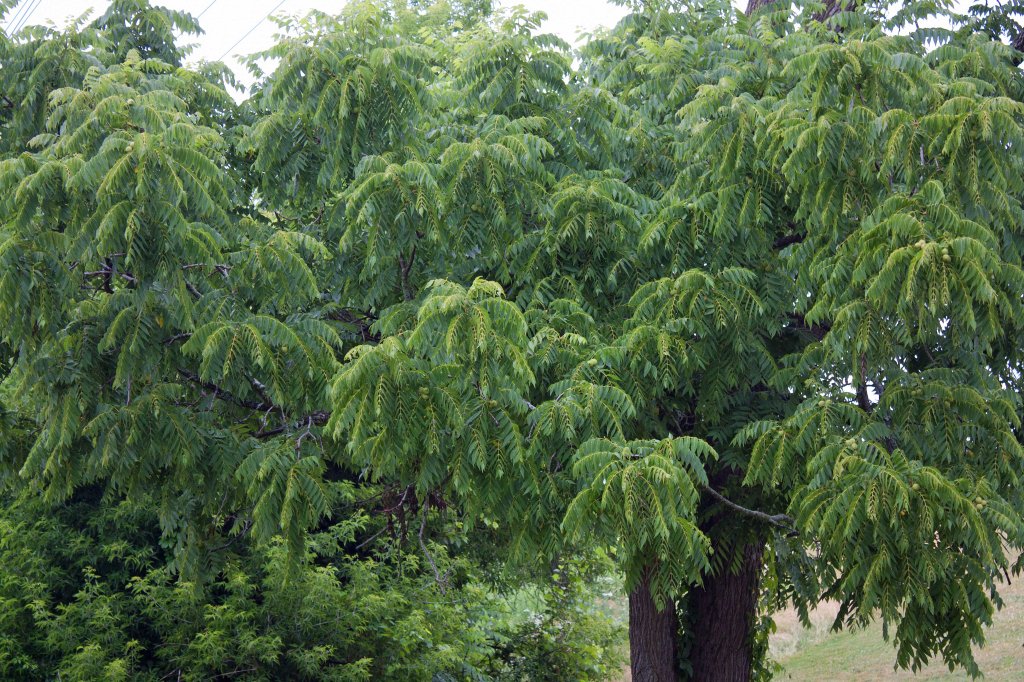
The black walnut is self-fertile (it’s monoecious, containing both male and female flowers) but still requires wind for pollination. The male (staminate) flowers occur as drooping catkins 8–10 cm long. These are borne from axillary buds on the previous year’s growth. The female (pistillate) flowers are terminal, in clusters of two to five on the current year’s growth. It takes 12-15 years for the tree to bear nuts, whose outer shell is very hard. They ripen in the early autumn and drop in October. Black walnut trees live over 200 years and up to 300 years.
The black walnut tree is a storm-resistant, frost-resistant, drought-resistant and hardy tree, little affected by major pests or diseases. It is considered to be highly adaptive to predicted climate change, particularly drought. This tree is also globally the best known allelopathic species due to its production of the chemical juglone.
Juglone (5-hydroxy-1, 4-napthoquinone) occurs naturally in all parts of the black walnut (produced in the buds, leaves outer covering of the nut [husk], and branches and excreted from the root system into the soil). This is why all parts of the tree (except the nut itself) including leaves, stems and fruit husks carry a strong pungent spicy odor. On contact, juglone stains black (the reason it’s used as a fabric dye as well as a natural colouring agent in foods and cosmetics). The actual concentration in each tree part varies with the season. In spring, juglone is concentrated in the actively growing leaves. The amount of juglone in the roots remains relatively high throughout the summer, and the concentration of juglone in the hulls of the fruit increases as the crop matures. Juglone protects the tree (it is repellent to mosquitos) and affects formation of micorrhyza (particularly the genus Glomus), seed germination, and root and shoot elongation.
Black walnut isn’t the only species that produces juglone. All species of the walnut family (Juglandaceae) produce it such as butternut, the hickories and pecan. But, black walnuts have the highest concentration of juglone.
The Black Walnut—Ecology and Allelopathy
As part of its strategy to outcompete other plants for space, nutrients and light, the black walnut produces hydrojuglone which, when exposed to air or soil compounds, oxidizes into juglone. Juglone is biologically active, acting as a respiratory inhibitor to some plants. This kind of chemical action is called allelopathy, the suppression of growth of one plant species by another due to the release of substances. While other trees produce allelopathic chemicals to suppress another (e.g. the American beech suppresses the sugar maple, its co-dominant partner through its leaf leachate to achieve a balance in their co-existence), the black walnut is best known for this efficient chemical.
Black walnut roots release juglone as allelochemicals when they encounter the roots of other species. Effects of juglone toxicity may include yellowing leaves, wilting and eventual death. Plants differ in their sensitivity to juglone toxicity. Juglone-sensitive species include most solanaceous species such as tomatoes, potatoes, peppers, and eggplants. Other juglone-sensitive plants include peas, cabbage, serviceberry, blueberry, blackberry, rhododendron, hydrangea, and members of the heath family. Of trees and shrubs, Paper birch, cherry, apple, lilac, chestnut, red pine, eastern white pine, Scots pine are sensitive to juglone. Pines are particularly sensitive to juglone, and conifers are more sensitive than broadleaves. Juglone even inhibits the growth of young plants of black walnut. This form of allelopathy is similar to that experienced in young beech and maple trees in which growth of a co-dominant or even their own young is mildly suppressed.
Chris Feeley, forester at Iowa State University, provides an extensive list of plants both sensitive to juglone and those that tolerate juglone. Feeley tells us that the greatest concentration of juglone in the soil exists within the dripline of the trees. The dripline is the area between the trunk of the tree and the end of the branches. The toxic zone from a mature tree occurs on average in a 50-foot radius from the trunk.
The allelopathic activity of juglone is low—or even absent—in dry soils but high in those with high water content such as poorly drained, compacted soils. Well-drained and aerated soils support a healthy community of soil microbes which break down the juglone. Because juglone is not highly soluble in water, it does not migrate far in the soil and will stay most concentrated in the soil directly beneath the tree. Even after the tree is removed, the soil where the roots once were will still contain juglone several years after. The decaying roots will bleed out more juglone.
In the little riparian wood I frequent, species associated with the black walnut include black locust, poplar, ash, black cherry, basswood, American beech, sugar and red maple, bur oak, American elm, honeysuckle and elderberry. Along with the grape and Virginia creeper vines, Jack-in-the-Pulpit and stinging nettle, these shrubs and trees are not affected or may even thrive on the juglone released by the black walnut.
References:
Arbor Day Foundation. Year. “Black Walnut”
Feeley, Chris. 2021. “Black Walnut: The Killer Tree.” Iowa State University Extension and Outreach.
Hane, Elizabeth, et. al. 2003. “Phytotoxicity of American beech leachate to sugar maple seedlings in a greenhouse experiment.” Canadian Journal of Forest Research 33(5): 814-821.
Jenkin, Jerry. 2020. “Mosses of the Northern Forest.” Comstock Publishing Associates, Cornell University Press, Ithaca. 169pp.
Valeriu-Norocel, Nicolescu, et.al. 2020. “A review of black walnut (Juglans nigra L.) ecology and management in Europe. Trees 34: 1087-1112.

Nina Munteanu is a Canadian ecologist / limnologist and novelist. She is co-editor of Europa SF and currently teaches writing courses at George Brown College and the University of Toronto. Visit www.ninamunteanu.ca for the latest on her books. Nina’s bilingual “La natura dell’acqua / The Way of Water” was published by Mincione Edizioni in Rome. Her non-fiction book “Water Is…” by Pixl Press(Vancouver) was selected by Margaret Atwood in the New York Times‘Year in Reading’ and was chosen as the 2017 Summer Read by Water Canada. Her novel “A Diary in the Age of Water” was released by Inanna Publications (Toronto) in June 2020.
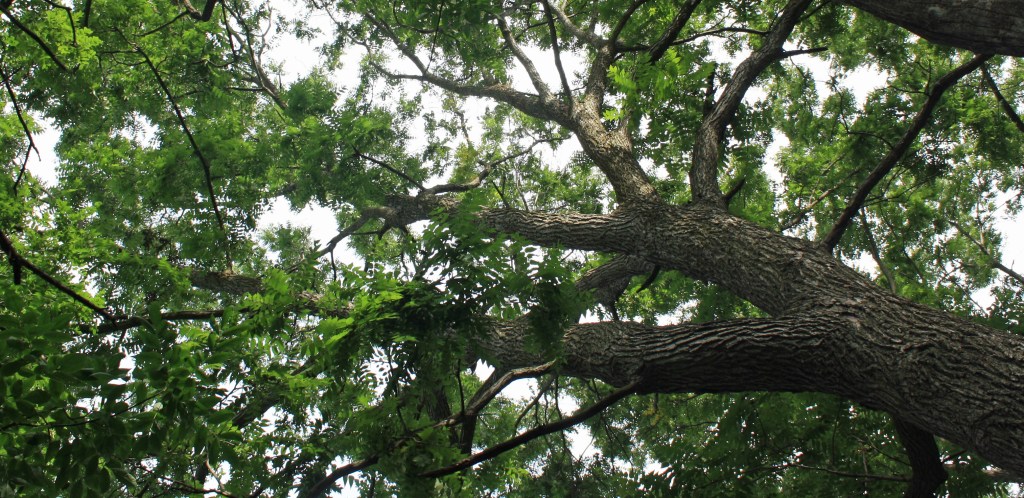
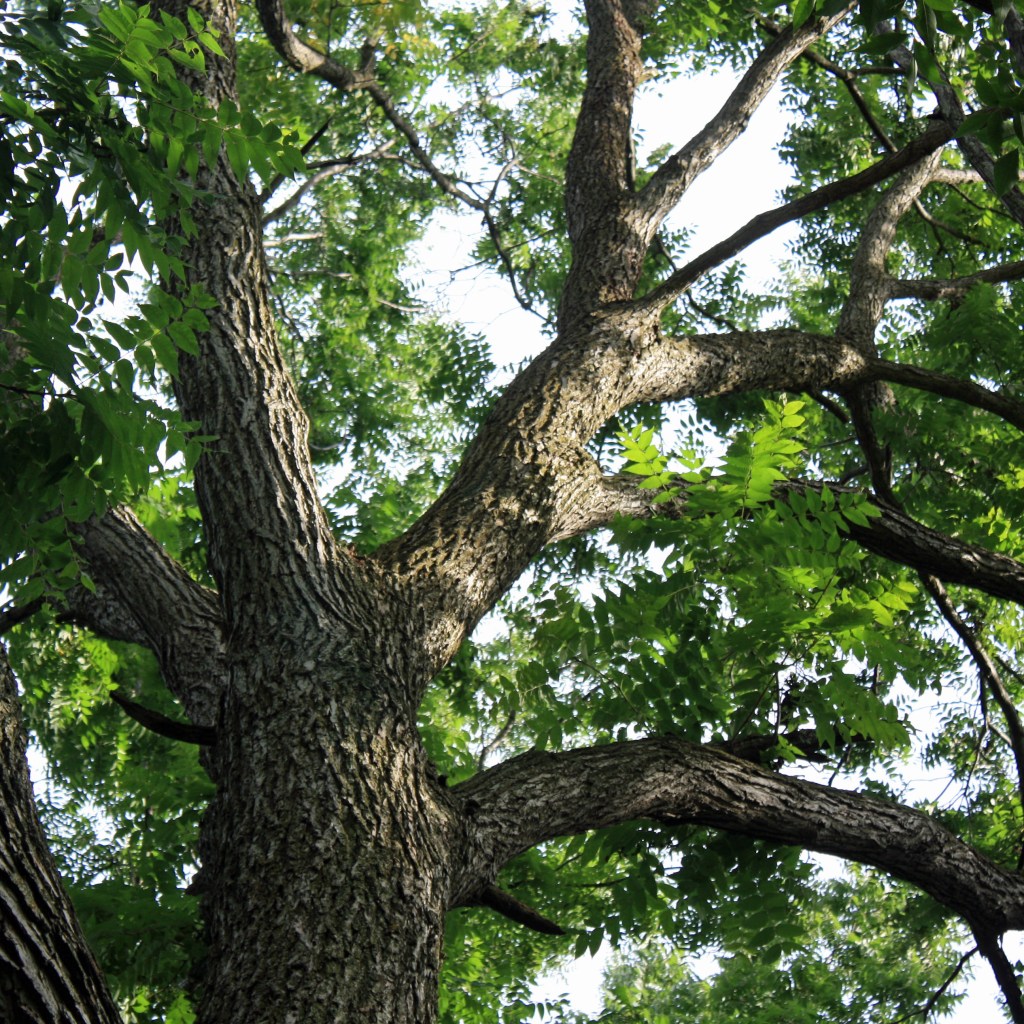

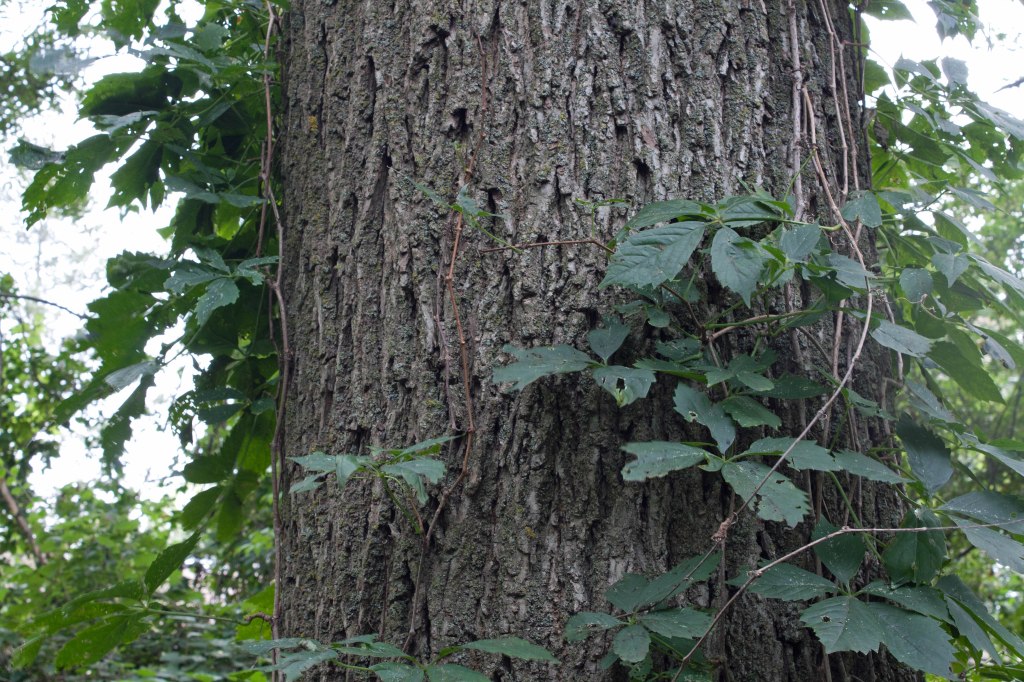
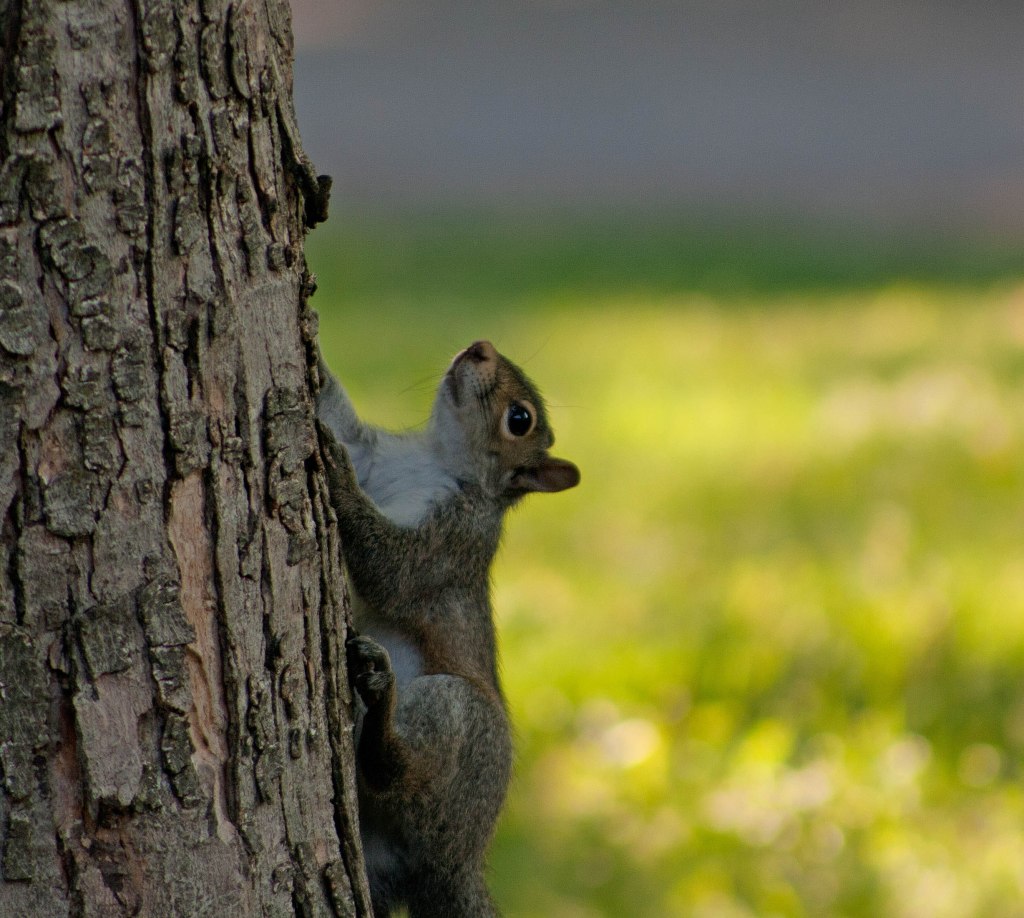






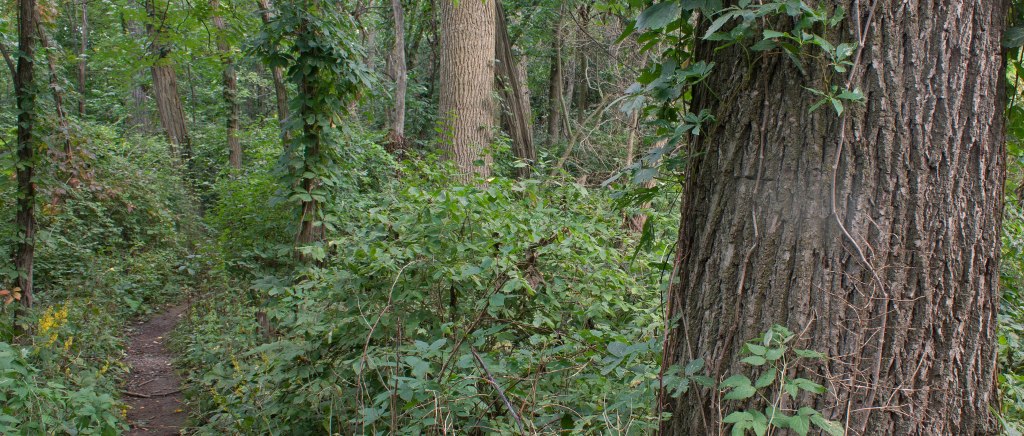


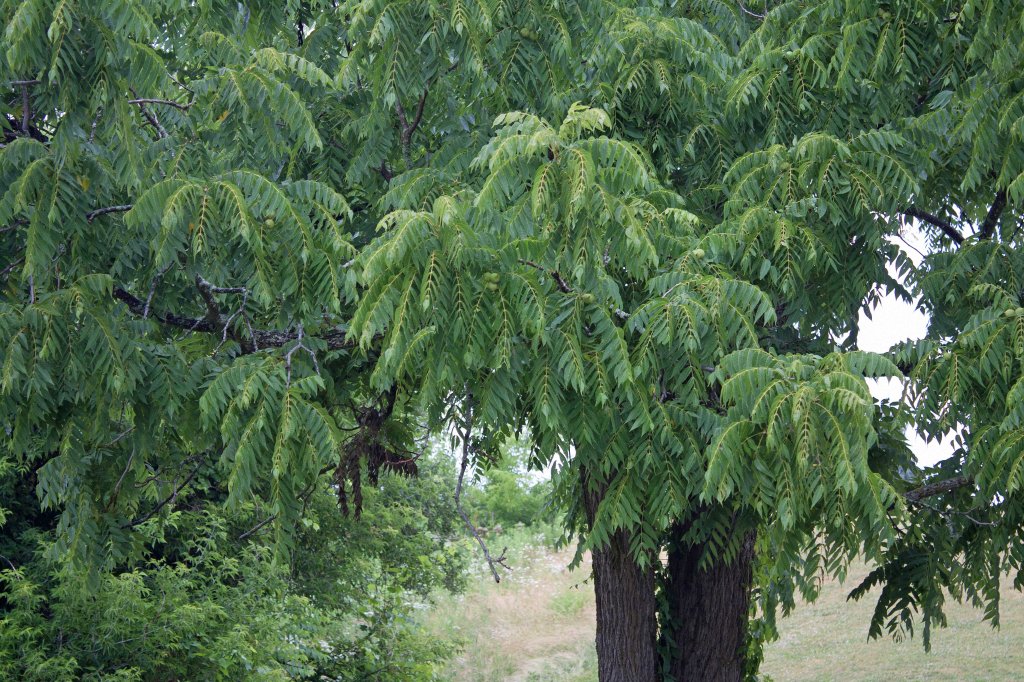
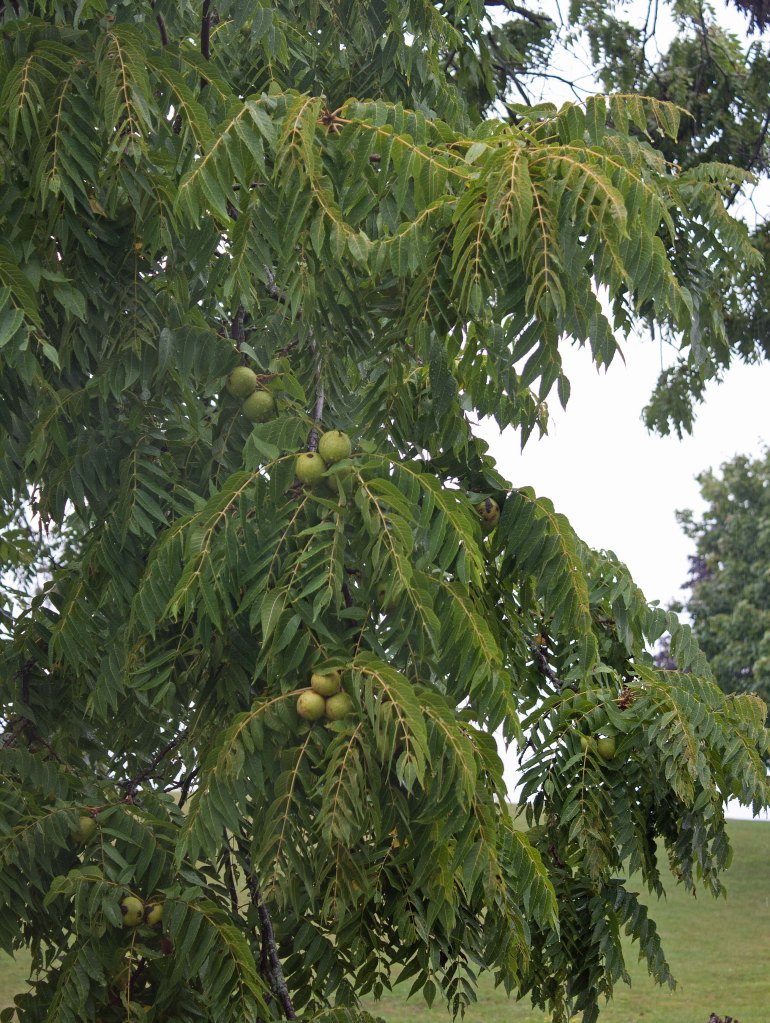
Very informative article. I didn’t know they produce both male and female flowers. The two black walnut trees in my back yard usually bear hundreds of nuts, but this year none. We haven’t had drought – I wonder if a disease is affecting them. – Diane, Port Hope
LikeLike
It could be, but I hope not for your sake. I’ve noticed that some trees here (basswood and apple) lost their chance to produce flowers or have them fertilized due to spring storms this year. The derecho that passed through this spring was quite devastating in many ways.
LikeLike
Hadn’t thought back to the derecho and that could very well be the explanation. We’ll see what next year brings. Thank you.
LikeLike
You’re welcome. I’m keeping my fingers crossed for the basswood here too…
LikeLike